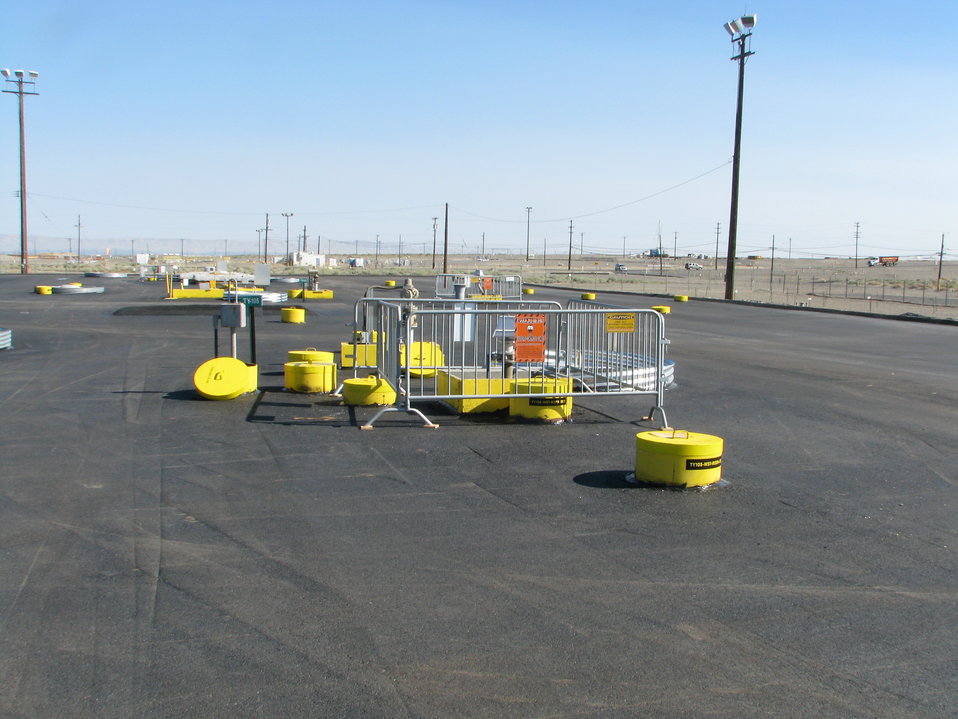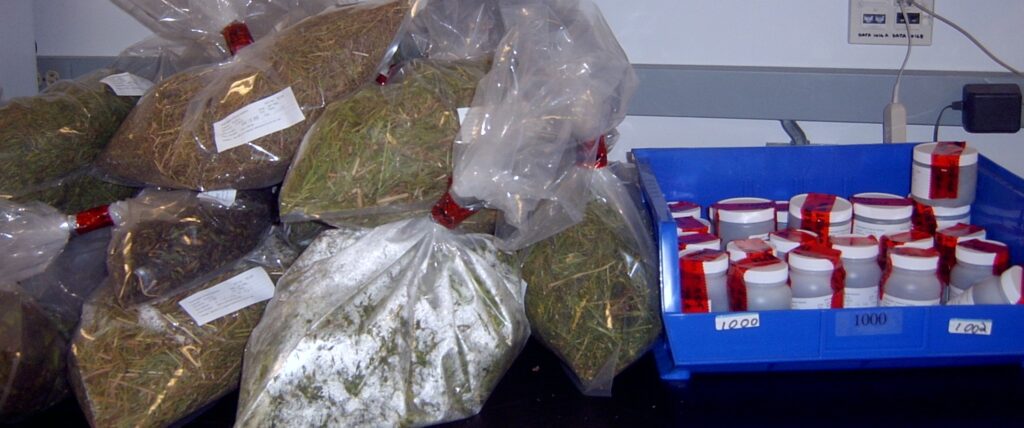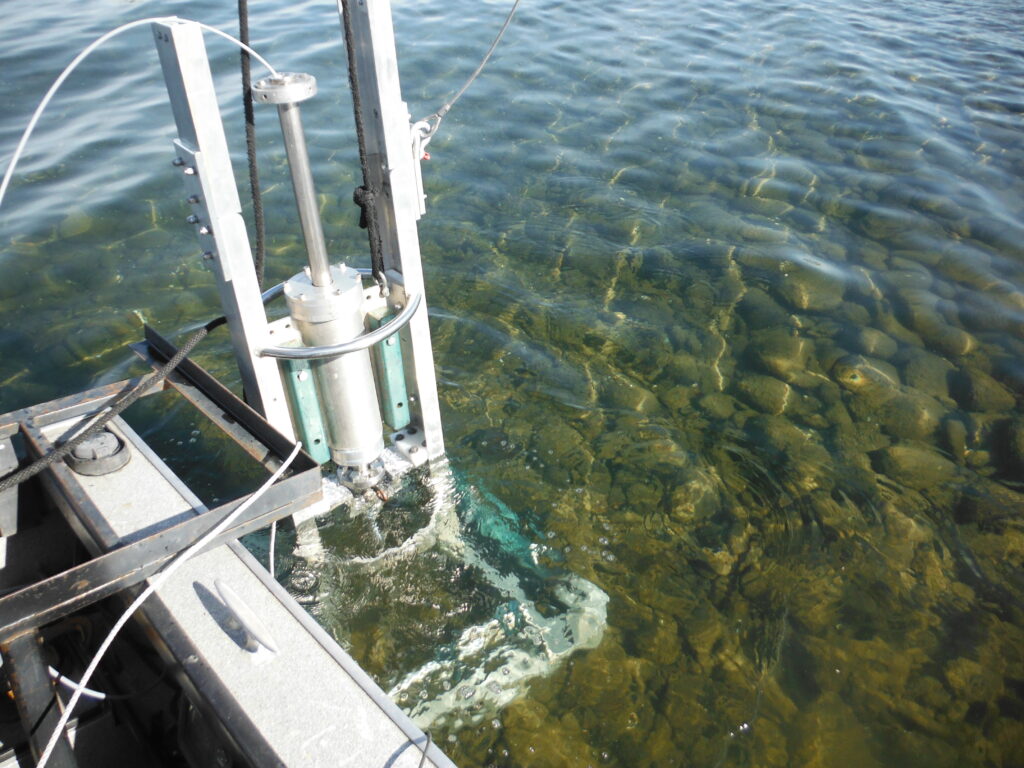Surveying Breeding Areas for Sensitive Toad Species
Assessing frogs and toads along Hanford Reach The Department of Energy monitors these anurans on the Hanford Site because they are considered sentinel species and serve as fundamental indicators of ecological health. EAS staff routinely conduct surveys for anurans to help protect sensitive breeding areas from project operations. EAS surveyed known anuran breeding pools on […]
Surveying Breeding Areas for Sensitive Toad Species Read More »










